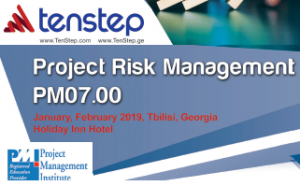There is concern from many project managers that they are expected to estimate the effort, duration and cost of a project at the end of the planning process before the detailed requirements have been gathered. It seems like a valid question. Yet, when you talk about gathering detailed requirements, you are usually talking about the Analysis (or Specification) Phase of a project lifecycle, not the up-front planning process.
Of course, you need to have a high-level understanding of the requirements before you can provide project estimates. However, the details are gathered after planning.
The following three approaches will allow you to execute the project before you have gathered the detailed business requirements. (As with many aspects of project management, iterative and Agile requirements are gathered differently.)
- Estimate the work to within 15% after planning. This is the traditional approach. Many projects are estimated this way because the project is not so different from projects you have done before. If you have experience with similar projects you can make a reasonable estimate based on the characteristics of the project.
- Break the work down into smaller pieces. If you don’t feel comfortable to provide an overall project estimate within 15%, you can break the larger project into multiple smaller projects. When you use this technique, you usually end up chartering an initial project to gather the requirements. You should be able to estimate this requirements gathering project to within 15%. After this requirements project is complete, you can use the information to charter a second project to perform the rest of the work, also within 15%.
- Estimate in two parts. This is a variation on the first technique above. In this approach, the project manager provides a “best guess” estimate of the work at the end of planning. This estimate may be within 25% (or higher). However the project manager is not accountable for this estimate (unlike the first option above). This estimate is just best-guess given the information at the time. After the requirements are completed, the project manager provides a more detailed estimate of the work within 10-15%. This is the number for which the project manager is held accountable. Unlike the second approach, these two estimates are both made within a single project.
The first estimating approach is within the control of the project manager. The second and third approach likely require approval of your sponsor and manager. But either approach is better than taking a guess and having to live with the consequences of a bad estimate. That is not good for the project team or the organization.
Do you need help with estimating skills or estimating processes? Contact Menno Valkenburg or Dick van Schoonhoven for more information and to discuss your specific needs.

